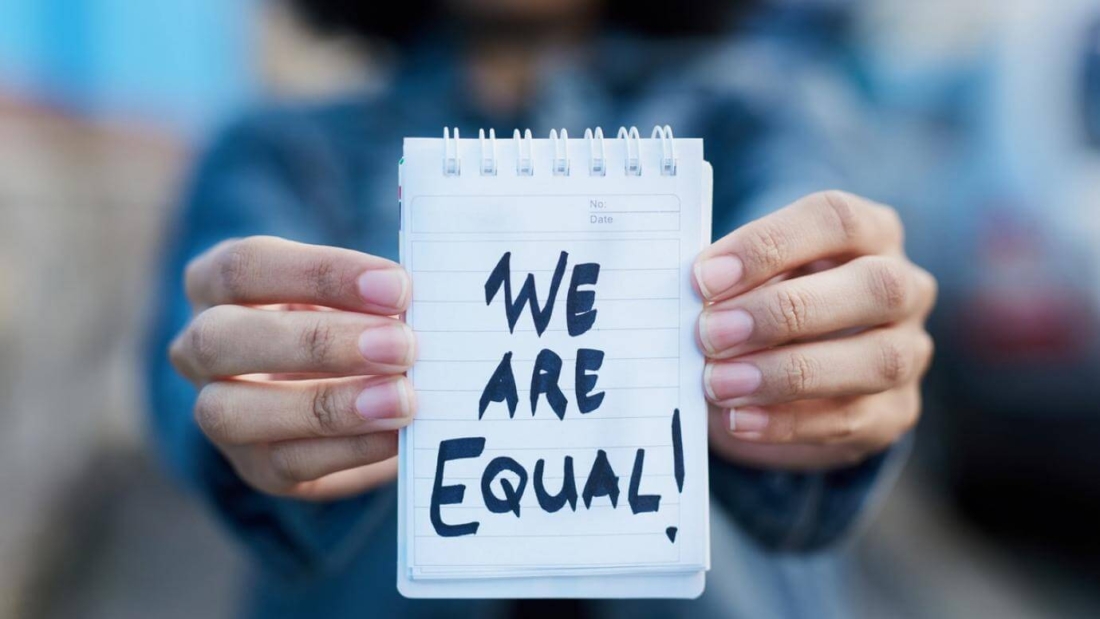Introduction
ISO, or the International Organization for Standardization, develops and publishes international standards to ensure quality, safety, and efficiency across various industries. ISO 53800 is one such standard, focusing on gender equality and women’s empowerment. It provides guidelines and best practices for organizations to create inclusive environments that foster equal opportunities for all individuals, regardless of gender.
Understanding Gender Equality and Women’s Empowerment
Gender equality refers to the equal rights, responsibilities, and opportunities of all individuals, irrespective of their gender. It aims to eliminate discrimination based on gender and promote fairness in all aspects of life, including education, employment, and social interactions. Women’s empowerment, on the other hand, involves enabling women to realize their full potential, allowing them to participate actively in decision-making processes and contribute effectively to society.
Benefits of Implementing ISO 53800
Implementing ISO 53800 offers numerous benefits for organizations, including:
- Improving workplace diversity: By promoting gender equality, organizations can attract and retain a diverse workforce, leading to greater creativity, innovation, and productivity.
- Enhancing organizational performance: Gender-inclusive practices contribute to a positive work culture, leading to higher employee satisfaction, increased engagement, and improved performance outcomes.
- Contributing to social progress: By championing gender equality, organizations can make a meaningful impact on society, promoting a more equitable and inclusive world for future generations.
Challenges and Barriers
Despite the importance of gender equality and women’s empowerment, several challenges and barriers persist, hindering progress in this area. These include:
- Cultural and societal norms: Deep-rooted gender stereotypes and biases continue to influence attitudes and behaviors, posing significant challenges to achieving gender equality.
- Resistance to change: Some individuals and organizations may resist efforts to promote gender equality due to fear of change or perceived threats to existing power dynamics.
- Lack of awareness and education: Limited awareness about the importance of gender equality and insufficient education on related issues contribute to the perpetuation of gender-based discrimination and inequality.
Case Studies
Numerous organizations have successfully implemented ISO 53800 and witnessed positive outcomes. For example, XYZ Corporation, a multinational company, adopted gender-inclusive policies and practices in its recruitment and promotion processes, resulting in a more diverse and inclusive workforce. Similarly, ABC NGO implemented ISO 53800 guidelines in its programs and projects, empowering women in rural communities through skill development and entrepreneurship initiatives.
Future Outlook
Looking ahead, the future of gender equality and women’s empowerment holds promise, with continued efforts to advance these principles globally. ISO standards, including ISO 53800, are expected to play a crucial role in driving progress and shaping future initiatives aimed at promoting equality and empowerment for all individuals, regardless of gender.
Conclusion
In conclusion, ISO 53800 serves as a valuable tool for promoting gender equality and women’s empowerment in organizations worldwide. By adhering to its principles and guidelines, organizations can create inclusive environments that foster equal opportunities and empower individuals to thrive. As we continue to strive for a more equitable and inclusive society, let us leverage the power of ISO standards to drive positive change and create a better future for all.

